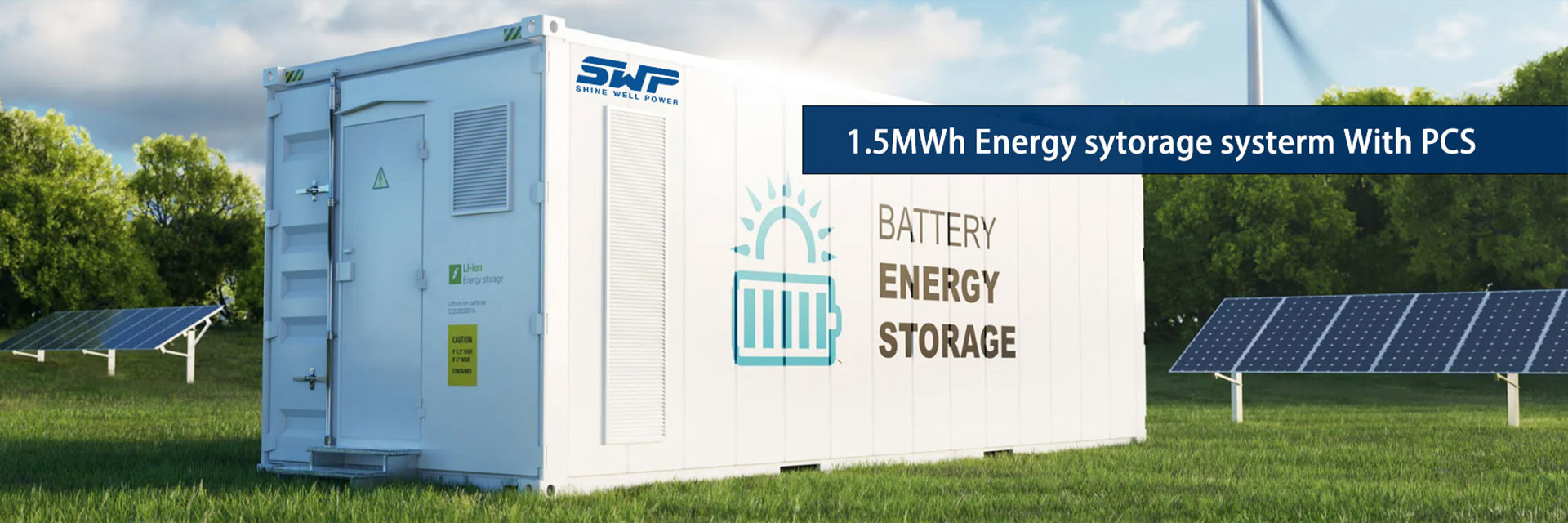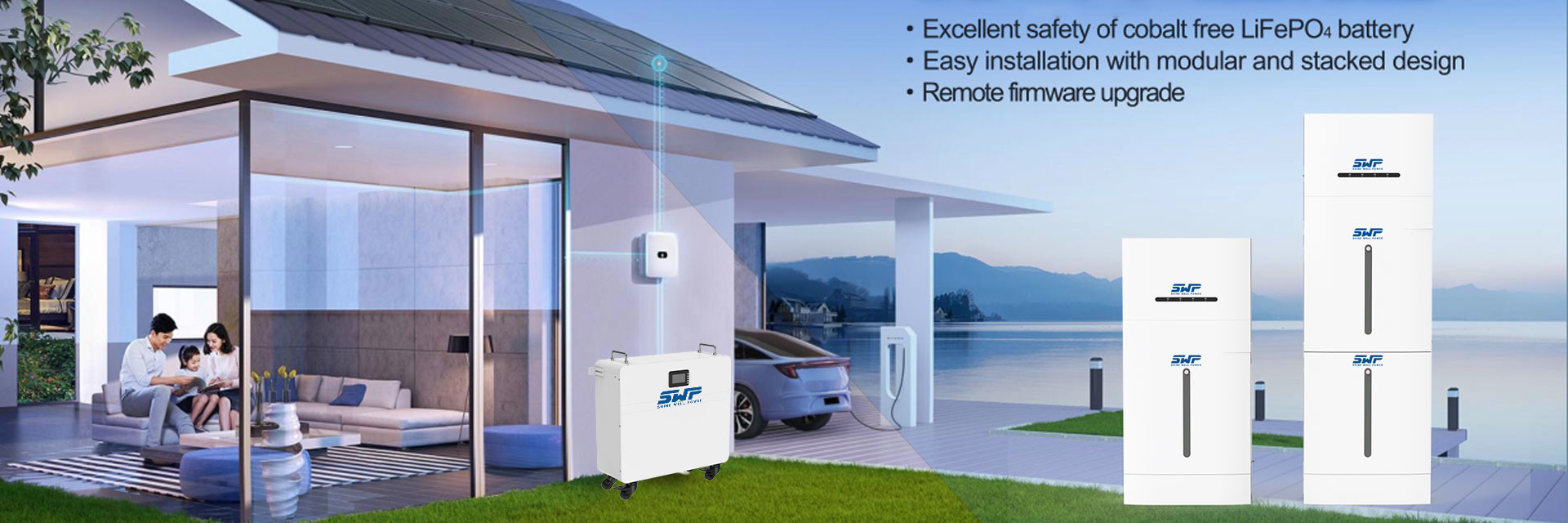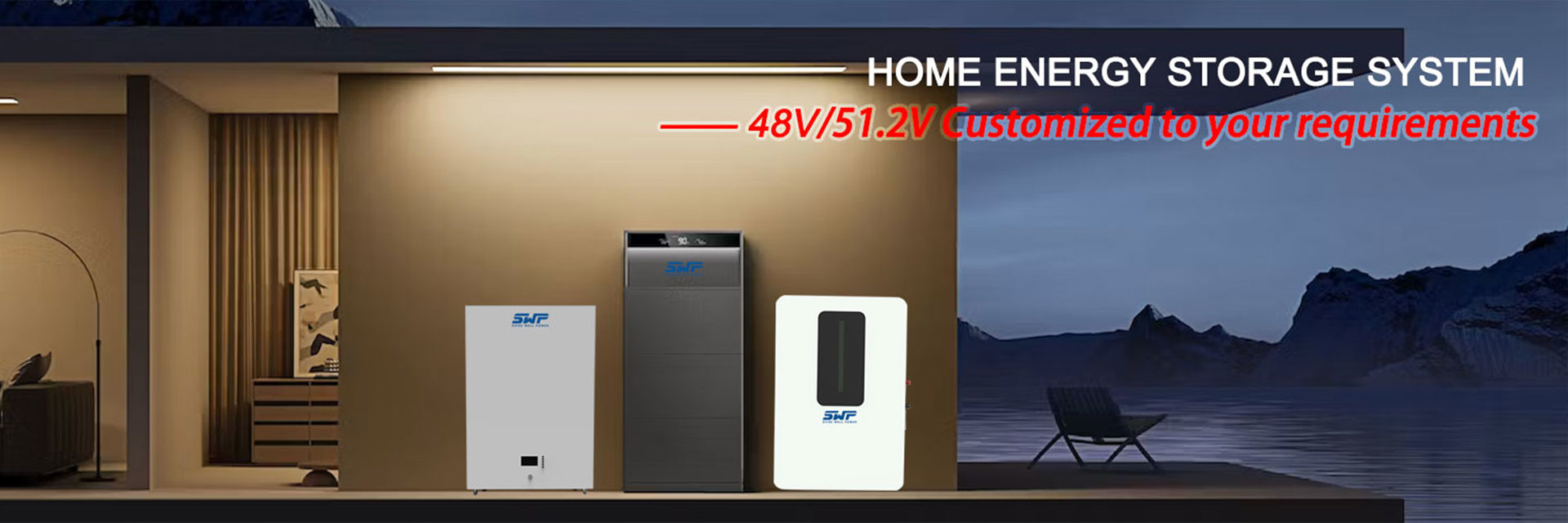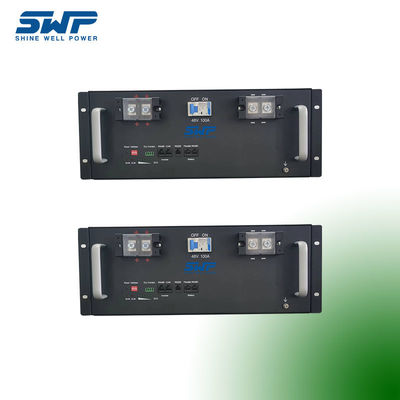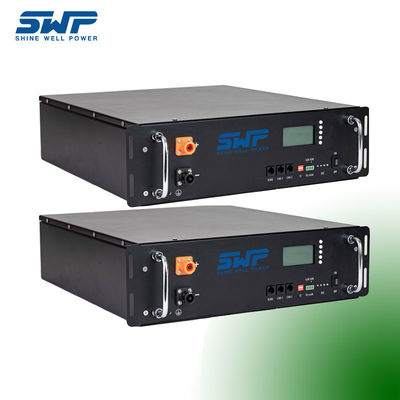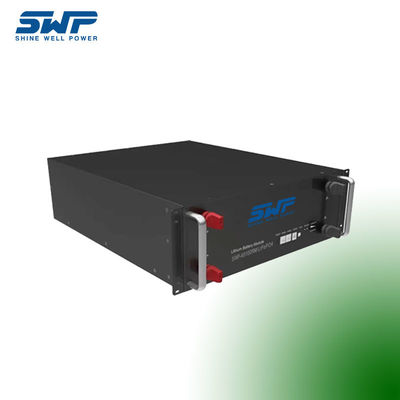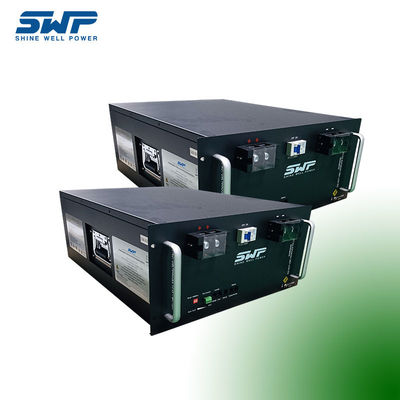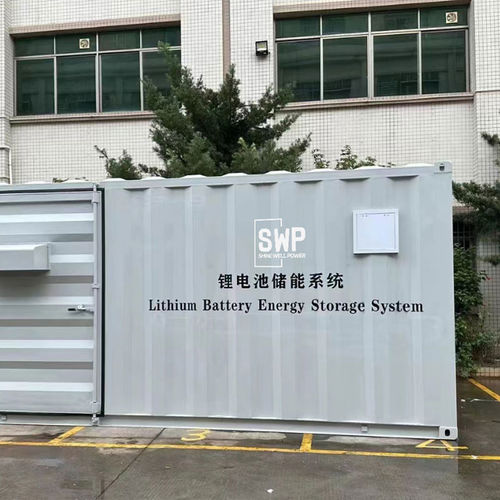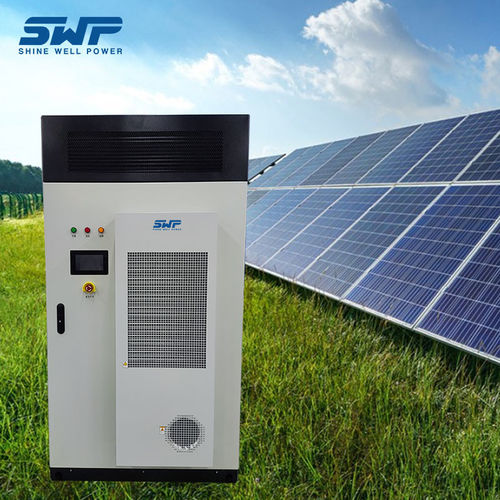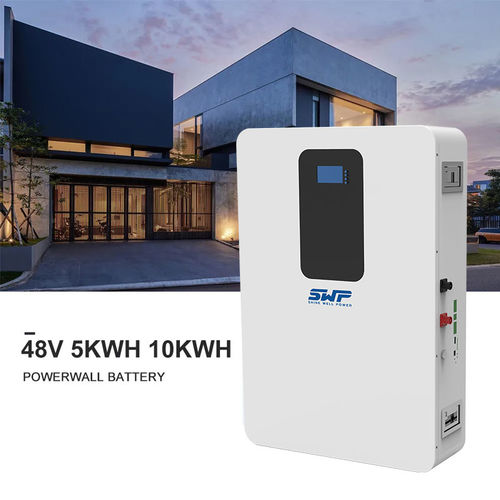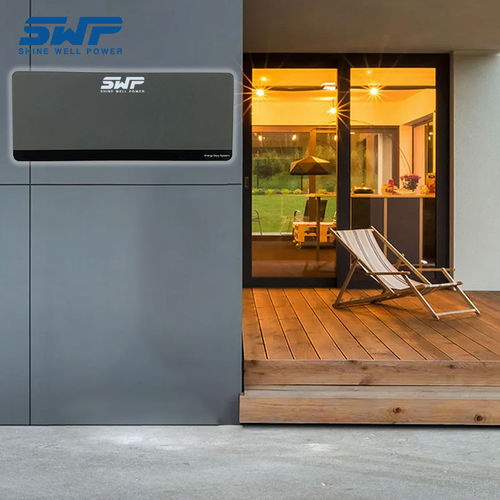What are the characteristics of household energy storage? Where are they mainly distributed?
2024-05-07
The European energy storage market is mainly driven by the demand for energy self-control and cost-effectiveness. As the process of destocking approaches its end, it is expected that the market shipments will return to steady growth in 2024.
Meanwhile, the US market is expected to maintain rapid growth in the long term, while emerging markets such as Australia, South Africa, and Southeast Asia may become the driving forces for future residential energy storage growth.
As market competition intensifies, market share is likely to further consolidate among leading companies with brand and channel advantages. Chinese companies are making efforts to enter the overseas residential energy storage market, accelerating their expansion in the industrial chain, race tracks, and market segments. They are developing diversified models focused on "integration," "multiple race tracks," and the "entire market," which may lead to a further concentration of global market share among Chinese enterprises. Focusing on regional differentiated demands will help companies achieve breakthroughs.
Demand side: Focusing on specific markets and responding to specific needs
As a B2C product, residential energy storage has different demand focuses in different markets. Currently, the residential energy storage market can be divided into three categories:
High-end closed markets: Represented by the United States and Japan, these markets require deep localization operations. They have high requirements for product performance and after-sales services, high entry barriers, and a certain brand premium. The main participating companies from China are BYD.
High-end open markets: Represented by Western Europe, Italy, Australia, and other developed countries, these markets show a significant trend towards product homogenization. Channel saturation has been reached, and the market has entered a phase of brand elimination. However, software aspects will become the key to differentiate among brands in the future. The main participating companies from China are Huawei, Sungrow, GoodWe, and Growatt.
Medium-to-low-end open markets: Represented by Eastern Europe, Africa, Southeast Asia, Latin America, and other regions, these markets emphasize cost-effectiveness and product functionality. Considering that these markets are more fragmented, with significant information gaps, companies that offer reliable product performance and excellent cost-effectiveness still have the opportunity to succeed. The main participating company from China is DYU.
North American market: Emphasis on localization, price wars are meaningless.
According to Energy Sage statistics, despite the significant decline in lithium carbonate prices in H1 2023, the cost of residential energy storage systems in North America did not decrease significantly. The average installation cost of residential energy storage in North America reached $1,352 per kWh, an increase of 2% compared to the previous period. Taking Tesla Powerwall 3 as an example, a 13.5 kWh system costs $7,300, and with additional costs for installation, transportation, and taxes, the total installation cost is approximately $7,600. The system cost accounts for only 50% of the total installation cost.
In addition to the product itself, users are paying increasing attention to software based on intelligent charging and discharging strategies, localization teams, and after-sales services.
Image: Changes in the average installation price of residential energy storage systems in the United States (USD/kWh)
Using the example of BYD, which was established in 2019 and launched its home energy management system in North America in January 2022, its market share in the North American residential energy storage market increased significantly to fourth place in H1 2023, following Enphase, Tesla, and SolarEdge. The company's success is mainly attributed to:
Building overseas teams with substantial assets to achieve localization of the Chinese brand.
Following Tesla's channel strategy, skipping distributors and directly cooperating with installers. The company targets numerous small and medium-sized EPC (Engineering, Procurement, and Construction) companies in the United States. According to institutional statistics, the number of cooperating EPCs had exceeded 1,000 as of March 2023. By providing more incentives to installers, the company encourages them to promote the brand.
Placing importance on quality commitment, with a system warranty of 12 years, exceeding the market's average of 10 years.
The market share of residential energy storage brands in the United States varies, but some of the leading brands include Tesla, Enphase, SolarEdge, and BYD. These brands have established a strong presence in the residential energy storage market in the US.
In South Africa, the demand for residential energy storage is driven by the country's significant power supply challenges. Eskom, the state-owned power company, has been facing difficulties in meeting electricity demand due to aging power infrastructure and financial constraints. This has led to frequent power outages, and as a result, there is a growing need for off-grid solutions and residential energy storage systems. The South African government has introduced tax incentives to encourage the installation of renewable energy systems, stimulating the rapid development of the country's renewable energy market.
Similarly, Brazil is also facing challenges in its power grid infrastructure, leading to frequent large-scale power outages. This has created a strong demand for off-grid solutions and residential energy storage among residents. However, considering the local economic conditions, cost-effectiveness is an important factor for residential energy storage products in these regions.
Taking DEYE as an example, the company has targeted the Asian, African, and Latin American markets and has achieved rapid growth in its inverter and residential energy storage products. DEYE initially started with injection molding and sheet metal businesses and became a core supplier to Midea, a leading home appliance manufacturer, after entering the air conditioning heat exchanger field in 2007. The company demonstrated its technological iteration and commercialization capabilities. After entering the inverter market in 2016, DEYE achieved rapid revenue expansion. The company's inverters feature low voltage, wide power range, and high reliability. By utilizing domestically produced IGBTs, self-supply of components, and achieving economies of scale, DEYE successfully reduced costs and met the demand for cost-effective solutions in emerging markets, leading to rapid revenue growth.
Translation:
The market share of residential energy storage brands in the United States varies, with Tesla, Enphase, SolarEdge, and BYD being some of the leading brands. In South Africa, where power supply challenges are prominent, there is a growing demand for residential energy storage solutions. The Brazilian market also faces similar challenges, with frequent power outages and a strong demand for cost-effective residential energy storage products. DEYE, for example, has achieved significant growth in the Asian, African, and Latin American markets with its inverter and residential energy storage products.
Read More

 Your message must be between 20-3,000 characters!
Your message must be between 20-3,000 characters! Please check your E-mail!
Please check your E-mail!  Your message must be between 20-3,000 characters!
Your message must be between 20-3,000 characters! Please check your E-mail!
Please check your E-mail! 
